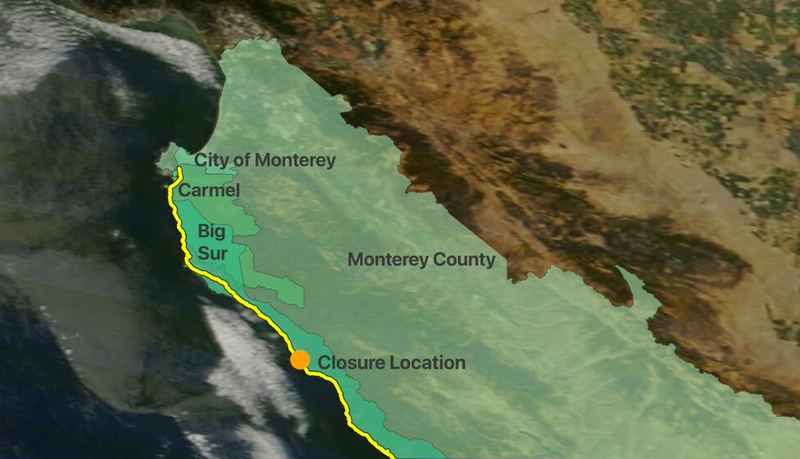What California’s updated paid family leave policies mean for employers in 2025
California employers face key updates to Paid Family Leave policies starting January 1, 2025.

Beginning January 1, 2025, significant changes to California’s Paid Family Leave (PFL) program under Assembly Bill 2123 (AB 2123) will take effect. These updates remove the requirement for employees to exhaust vacation leave before receiving PFL benefits, offering more flexibility for workers while introducing new considerations for employers.
Did you know? California’s Paid Family Leave program was the first in the United States and was implemented 20 Years ago on July 1, 2004. Let’s Celebrate #CAPFL20 by continuing to strengthen our program and by calling for a national Paid Family Leave and medical leave program! pic.twitter.com/JAtoOe1riM
— Work & Family CA (@WorkFamilyCA) July 1, 2024
Here’s what these changes mean for California businesses and how employers can prepare.
Key Change: Vacation Leave Requirement Removed
Under the current law, employers can require employees to use up to two weeks of accrued vacation leave before receiving wage replacement benefits through PFL. Starting January 1, 2025, this requirement will no longer apply.
What This Means for Employers:
- Employers can no longer mandate vacation leave usage as a condition for accessing PFL benefits.
- Policies and handbooks may need revisions to reflect this change.
Continuity of Core PFL Rules
While the vacation leave requirement is eliminated, other key elements of the program remain unchanged:
- Eligibility: Employees can still take up to 8 weeks of paid leave to:
- Bond with a newborn or newly placed child.
- Care for a seriously ill family member.
- Address military-related family needs.
- Concurrent Leave Requirements: PFL must still run concurrently with the federal Family and Medical Leave Act (FMLA) and the California Family Rights Act (CFRA) where applicable.
Employers must continue managing these overlaps to avoid misuse or duplication of benefits.
Implications for Workplace Operations
- Policy Adjustments
- Update employee handbooks to remove references to mandatory vacation leave usage for PFL.
- Ensure policies align with FMLA and CFRA leave requirements.
- Payroll and Administrative Changes
- Coordinate with payroll systems to track PFL usage independently of accrued vacation leave.
- Provide updated training for HR teams and managers on administering PFL requests.
- Employee Communication
- Clearly communicate the changes to employees to set expectations for 2025.
- Offer guidance on how the updated PFL process works and its impact on paid time off balances.
Opportunities for Improved Workplace Culture
This update offers an opportunity for employers to demonstrate their commitment to employee well-being and work-life balance. Employers who proactively adapt to the changes can:
- Foster trust and loyalty among employees.
- Build a reputation as a forward-thinking and family-friendly workplace.
Preparing for 2025: Action Steps for Employers
- Review and Update Policies
Audit all leave policies to ensure compliance with AB 2123 and alignment with federal laws. - Train HR Teams
Provide training on the updated PFL requirements and ensure clarity around concurrent leave administration. - Communicate with Employees
Use emails, staff meetings, or newsletters to inform employees about the changes and how they will be implemented. - Plan for Absences
With fewer restrictions on accessing PFL, consider contingency plans to manage employee absences while maintaining productivity.
Looking Ahead
California’s Paid Family Leave program has long been a leader in supporting workers during critical life events. AB 2123 reinforces this commitment by simplifying access to benefits, but employers must adapt to ensure compliance and maintain effective operations.
By preparing now, California employers can navigate these changes seamlessly while fostering a supportive workplace culture. For more details on compliance and best practices, visit California’s Paid Family Leave page for employers.






